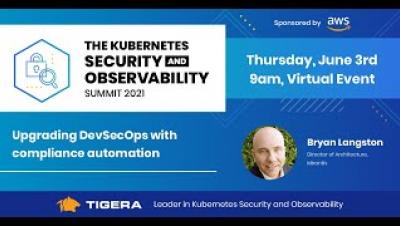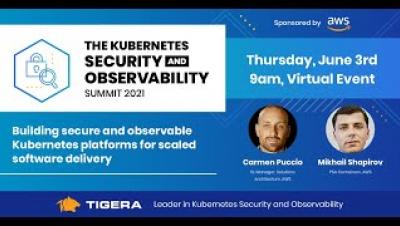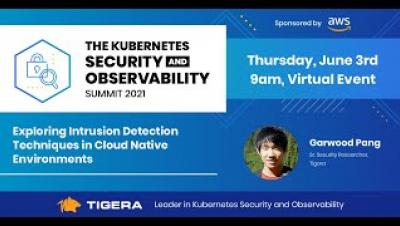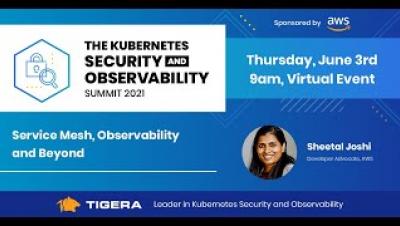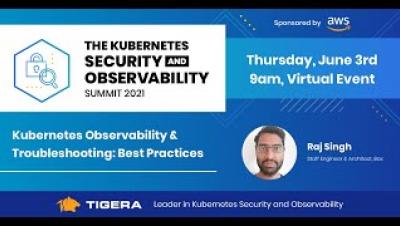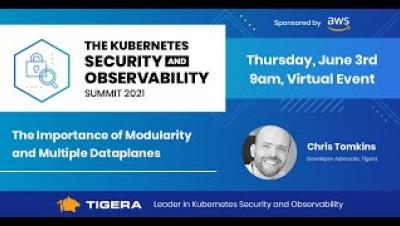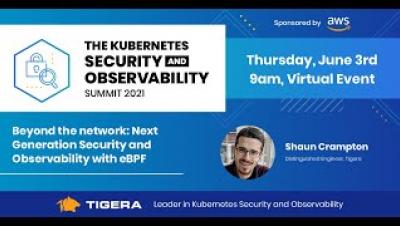The Crossroad of Security & Observability in Kubernetes: A Fireside Chat
Security as an afterthought is no longer an option and must be deeply embedded in the design and implementation of the products that will be running in the cloud. It is increasingly more critical for many security teams to be almost, if not equally, knowledgeable of the emerging and rapidly evolving technology. Join Manish Sampat from Tigera, as explores the topic in detail with Stan Lee from Paypal.




